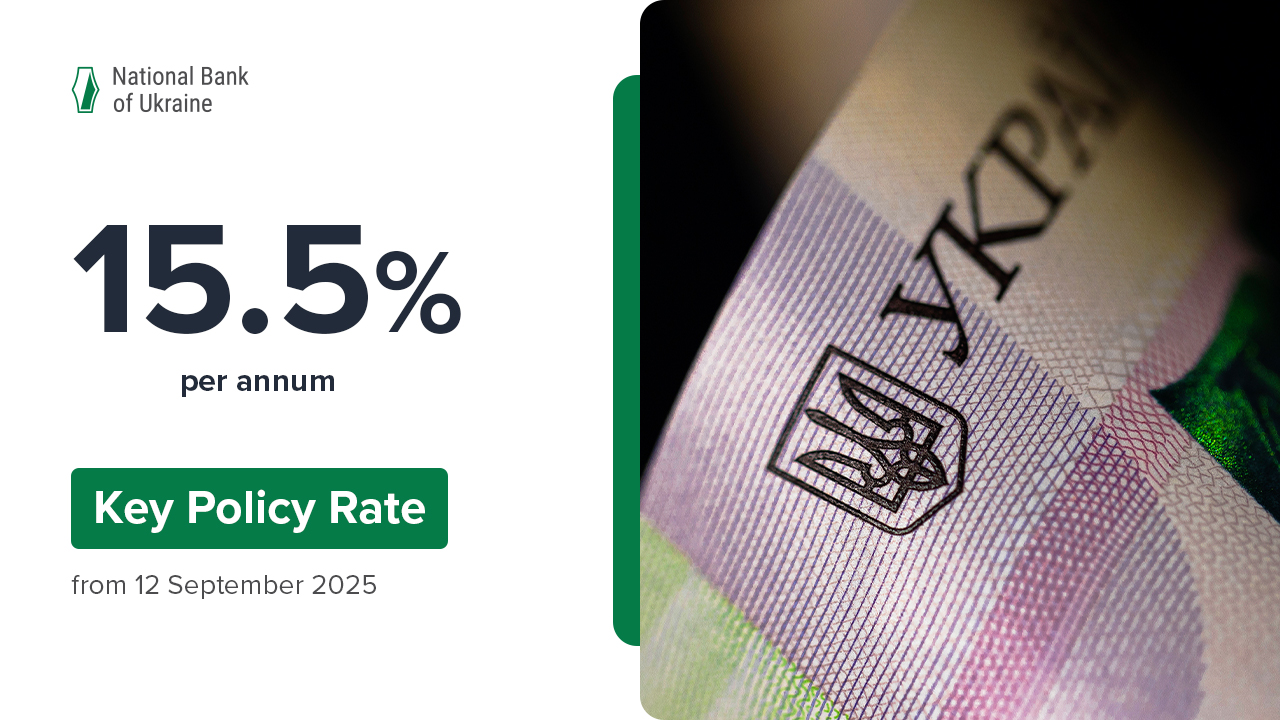Non-bank financial institutions (NBFIs) saw an increase in assets and volumes of services provided in Q3 2021, despite a further decrease in the total number of market participants. Dormant companies continued to wind down their operations. The National Bank of Ukraine applied corrective measures to NBFIs that had violated regulatory requirements, in particular by suspending and revoking their licenses. This helped improve the compliance with regulatory requirements across all NBFI segments.
The adoption of the law On Insurance and the expected passage of other laws on regulation of the non-bank financial services market by the end of this year will ensure that all market players have transparent ownership structures, sufficient solvency, proper risk management, and due consumer rights protection.
This is according to the quarterly Non-bank Financial Sector Review.
Insurers
Gross insurance premiums in most insurance segments grew quarter-on-quarter. The growth was the fastest in life insurance. In nonlife insurance, claim payments rose moderately after a decline in Q2. Claims paid on life insurance have been on the rise for five quarters running.
Insurers remained profitable. At the same time, expenses on insurance transactions were still high.
The number of violators of solvency requirements decreased markedly. As of 1 October, only 16 licensed insurers did not meet the solvency and capital adequacy requirements or the asset risk ratio. In October–November, a half of insurers which failed to comply with the requirements and did not eliminate the violations in time had their licenses revoked and were excluded from the State Register of Financial Institutions.
Credit Unions
Credit union assets grew moderately in Q3, despite the decrease in the number of institutions. The growth was driven largely by credit unions with aggressive lending models.
New lending declined by 4%, especially in the business loans segment (by 15%). At the same time, demand for riskier consumer loans remained high among credit union members. Loan portfolio quality was unchanged.
The majority of credit unions increased their profits due to the rise in operating income and moderate provisioning expenses. This made them more solvent and reduced the number of capital adequacy ratio violators to three institutions.
Finance Companies and Pawnshops
Thanks to the rapid growth in volumes of all types of financial services provided by finance companies, their assets increased at the fastest pace compared to the rest of the sector, recovering to the highest level seen in 2019.
Volumes of retail loans have been rising for five quarters straight. In Q3 they grew by 6%. The volume of corporate loans increased by almost a third over the quarter.
Factoring transactions reached a record high. Finance companies have been active in providing guarantees for the second consecutive quarter. Financial leasing volumes also increased, albeit at a more moderate pace. Legal entity lessors remained the main providers of these services.
In January–September 2021, finance companies generated record profits compared to the same periods of the previous three years and showed a record-high rate of return.
In Q3, new lending by pawnshops decreased somewhat compared to the previous quarter. Pawnshops had higher rate of return, but there was no revival in their business activity.
The Non-bank Financial Sector Review is a quarterly report that was first published by the National Bank of Ukraine in October 2020.
It focuses on the activities of NBU-regulated nonbank financial institutions, such as insurers, credit unions, finance companies, and pawnshops. The review highlights key trends in the non-bank financial market and provides comprehensive insights into its performance.
Consolidated performance of NBFIs by segment:








